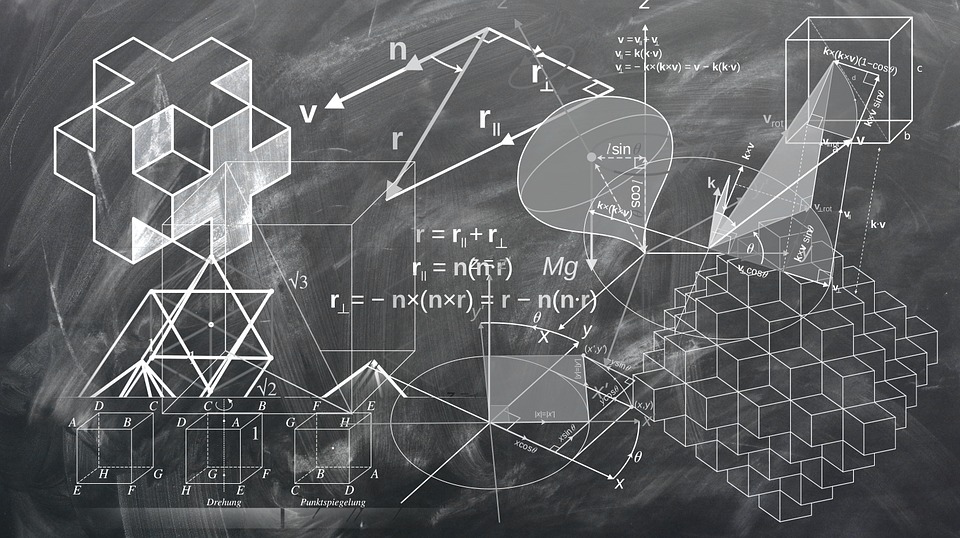The geometry of scalar magnitudes in physics

Pixabay
The movement of a car on a straight road. The speed of a car can be either a scalar quantity or a vector quantity, depending on how it is expressed.
The geometry of scaled quantities in physics is directionless, because scaled quantities only represent quantities or amounts of physical quantities and are directionless. Although independent of spatial geometry, scalar measurements play an important role in physics and can be important for understanding various physical phenomena.
Scaled Velocity: Scaled velocity considers only the magnitude or frequency of the velocity without taking into account the flow direction. Suppose a car is traveling in a straight line at 60 km/h. Here, 60 km/h is a scalar quantity because it only shows the speed of the car and not its direction.
Vector quantity: Velocity as a vector has magnitude (velocity) and direction. For example, if the car is traveling north at 60 km/h, we have a vector. This speed includes its magnitude (60 km/h) and direction (north), thus increasing the vector.
To distinguish between scalars and vectors, we can consider:
Climb: 60 km/h (representing speed)
In science Important because vectors represent phenomena that involve direction and magnitude, while scalars represent magnitude.
Scalar quantities in geometry tend to be more related to concepts such as lengths, areas or volumes, where the direction is not relevant. For example, consider the area of a rectangle.
If we have a rectangle with a base length b and a height h, the area A is calculated by multiplying the base by the height:
A = b x h
A: is the scalar magnitude that represents the area, since it only expresses the total amount of surface area, without worrying about specific directions.
Another example would be the formula for the volume V of a cube with side length l:
V = l^3
In this case, V represents the scalar magnitude of the volume, showing the total amount of space the cube occupies, without considering directions or vectors.
These equations are examples of how scalar quantities are applied in geometry to calculate measurements of areas or volumes without involving directions or vectors.
calar quantities in geometry tend to be more related to concepts such as lengths, areas or volumes, where the direction is not relevant. For example, consider the area of a rectangle.
If we have a rectangle with a base length b and a height h, the area A is calculated by multiplying the base by the height:
A = b x h
A: is the scalar magnitude that represents the area, since it only expresses the total amount of surface area, without worrying about specific directions.
Another example would be the formula for the volume V of a cube with side length l:
V = l^3
In this case, V represents the scalar magnitude of the volume, showing the total amount of space the cube occupies, without considering directions or vectors.
These equations are examples of how scalar quantities are applied in geometry to calculate measurements of areas or volumes without involving directions or vectors.
Bibliographic reference
Physics for science and technology. Volume 2, by Paul Allen Tipler, Gene Mosca, 2005.
Descriptive Geometry by B. L. Wellman, 2021.
Introduction to geometry by Carlos Rojas, 2015.